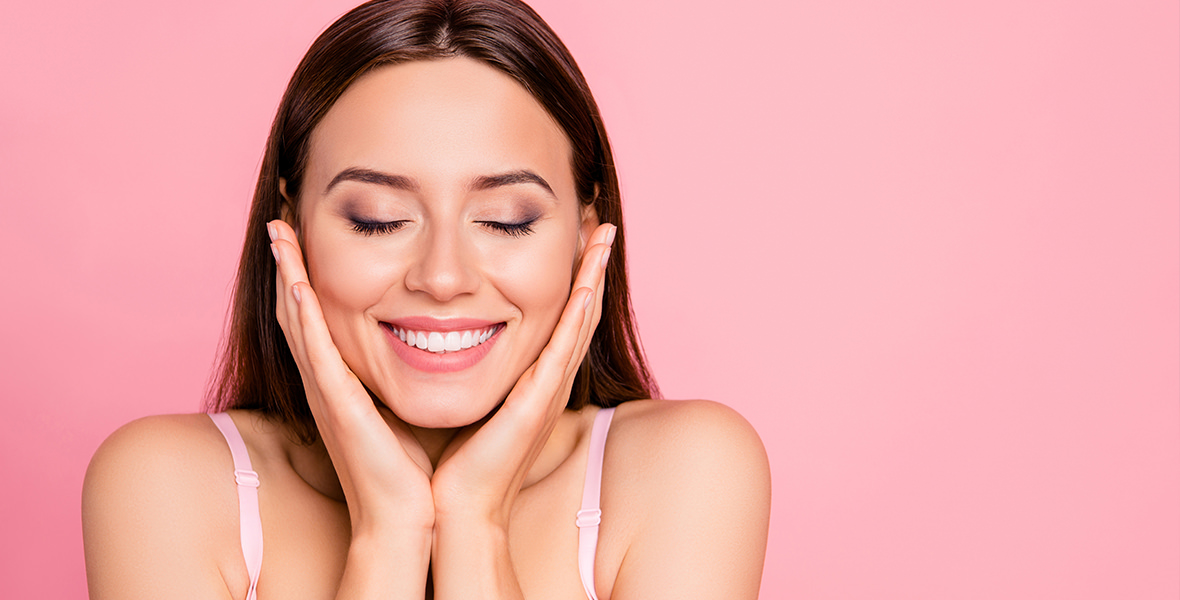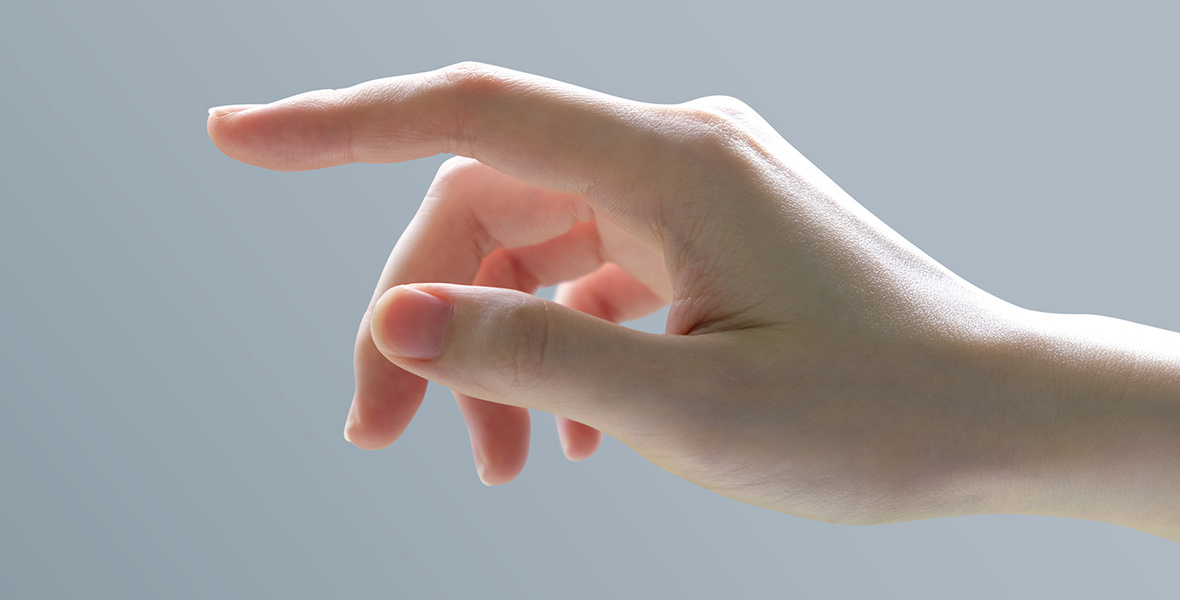

Areas affected by eczema: it can appear anywhere on the body
Where does eczema appear?
It can affect any area of the body. Where the patches appear depends largely on the type of eczema. Atopic eczema affects certain parts of the body more than others depending on the age of the patient. Allergic contact eczema appears on the area that has come into contact with the allergen, or the object or product that triggered the allergy.
The areas of the body most commonly affected by atopic eczema
Ages up to 2 years
- mainly plump areas of the face (cheeks, forehead)
- arms
- legs
- stomach
Ages 2 to 15 years
- large folds (inside the elbows, back of the knees)
- hands
- wrists, ankles
- face (around the mouth, on the eyelids, behind the ears)
Teens
In the majority of cases, atopic eczema tends to disappear in adolescence.
Adults
- face (especially the eyelids)
- neck
- large folds (inside the elbows, back of the knees)
- hands
The areas of the body most commonly affected by contact eczema
Contact eczema is an allergy (or, more rarely, an irritation). A product or object comes into contact with the skin and triggers an inflammatory reaction. Where the redness appears is thus a key indicator of what caused the allergy. If you have contact eczema on your earlobes, for example, you will suspect an allergy to your costume jewelry over your toothpaste. Some connections are less obvious, however: you may have a reaction on your neck from a product in contact with your hands, due to our tendency to touch our neck. You can even have an allergic reaction to a product transferred onto your skin from the hands of another person (a mother holding her baby), an item of clothing or even the air!
The following are the most common causes of contact eczema according to the area of the body:
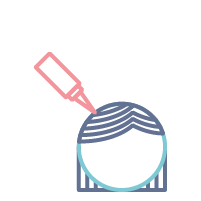
Scalp: Hair dye (very common), perms, shampoos, other hair care products

Face: Cosmetics (preservatives, fragrances, etc.), personal care products, topical medicines, sunscreens (photoallergies aggravated by sun exposure), airborne allergens (in the air: aerosol fragrances, resins, etc.)
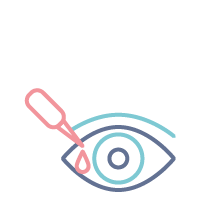
Eyelids: Eye drops, cosmetics, nail polish, airborne allergens
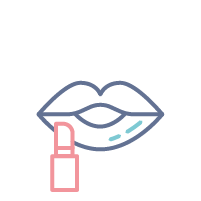
Lips: Cosmetics, medicines, toothpaste, musical instruments
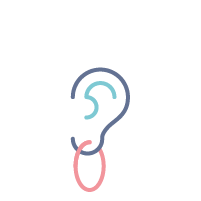
Ears: Jewelry, topical medicines

Neck: Cosmetics, hair care products, jewelry, nail polish
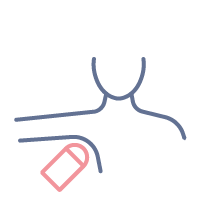
Underarms: Deodorants, clothing

Torso: Undergarments
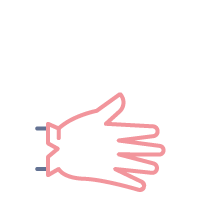
Hands: This is the trickiest area; we touch so many things at home, at work and in our day-to-day activities!
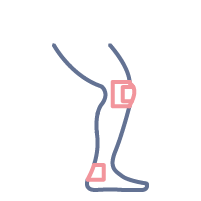
Legs: Topical medicines, bandages, clothing
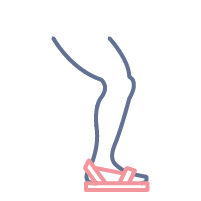
Feet: Leather-tanning agents, adhesives, dyes in footwear
